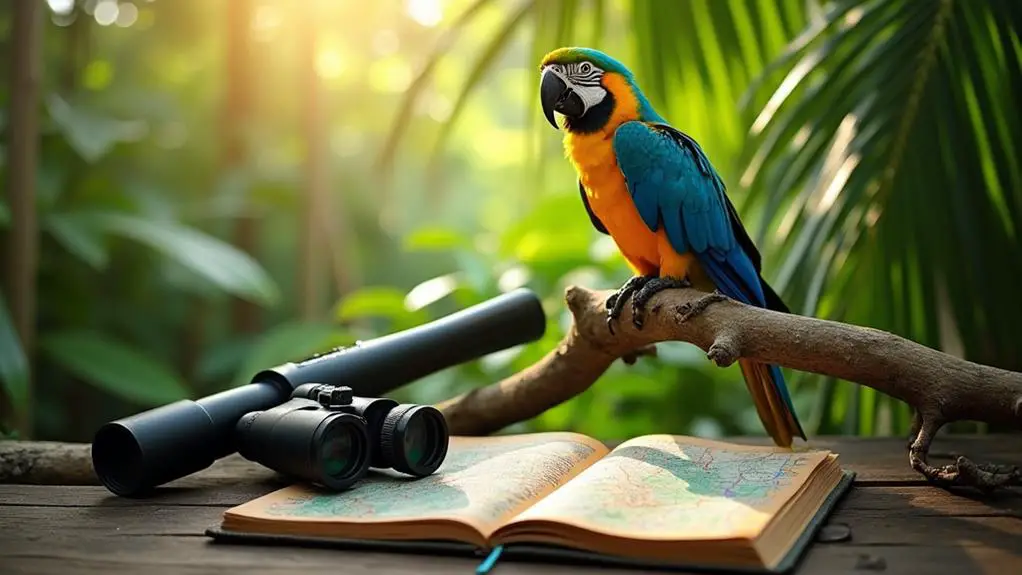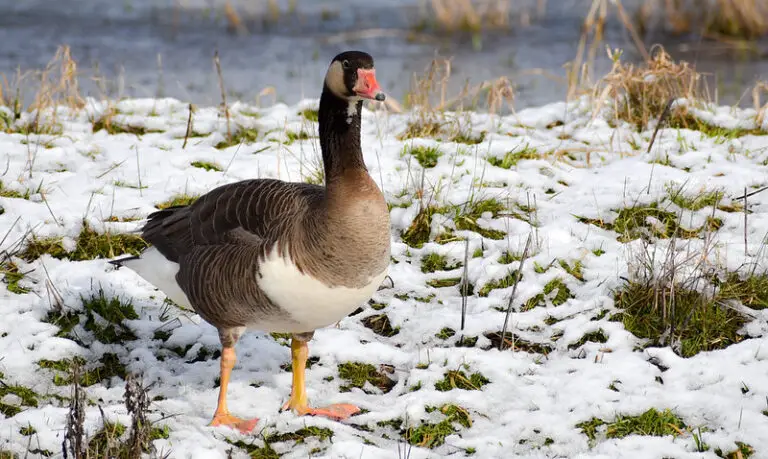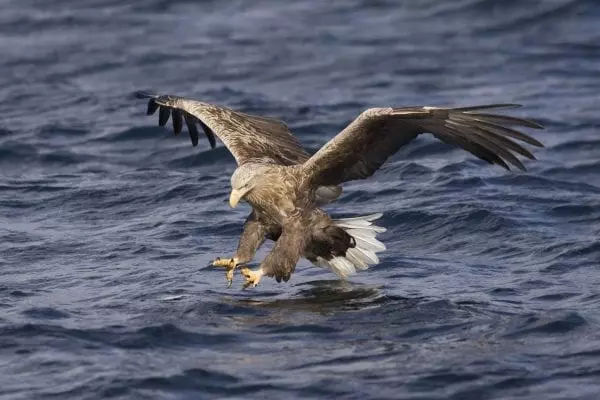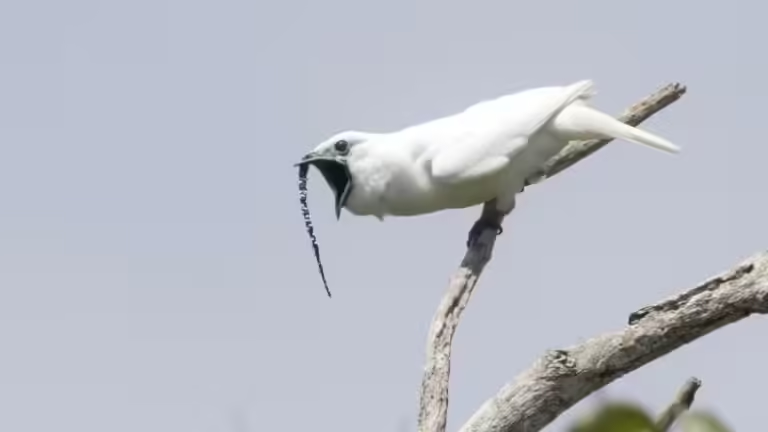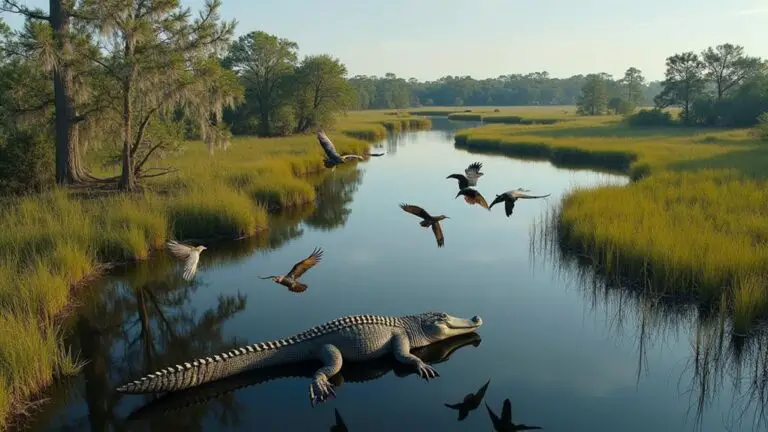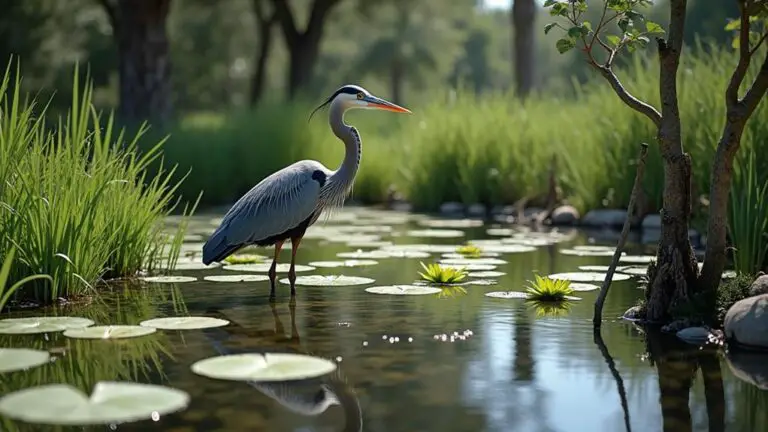Just as Odysseus navigated the unknown waters of the Aegean, you’ll be charting your own course through Cuba’s rich avifauna. As you prepare for your birdwatching adventure, you’ll want to know the best time to visit, the essential gear to bring, and how to prioritize the island’s unique habitats. Cuba’s dry season, from December to April, offers ideal conditions, but what about the rest of the year? And how can you make the most of your time on the island? To ensure a successful and rewarding experience, it’s crucial to understand the intricacies of birding in Cuba – let’s start with the basics.
Key Takeaways
- Plan your trip during the dry season (December to April) for optimal birdwatching experiences in Cuba.
- Pack essential gear like binoculars, a spotting scope, and a field guide specific to Cuba.
- Visit unique habitats like wetlands, forest ecosystems, and coastal regions to spot diverse bird species.
- Be aware of your surroundings and take necessary safety precautions to minimize risks while birding in Cuba.
- Research and plan your itinerary according to the optimal birding calendar, considering seasonality and habitat diversity.
Choosing the Right Time
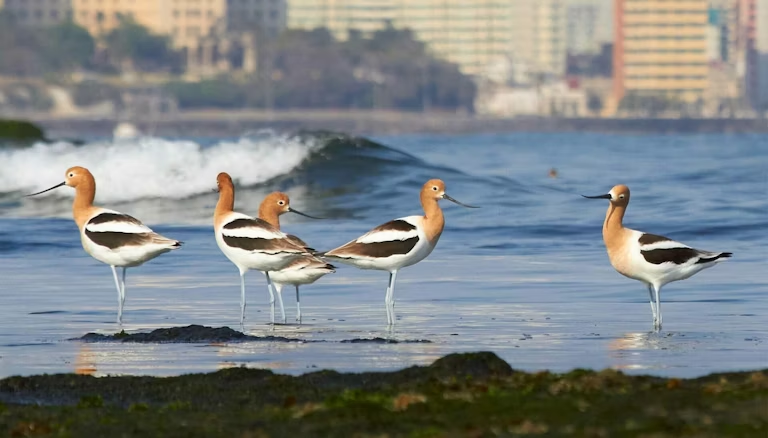
Cuba’s unique geographical position and varied climate make timing crucial for optimal birdwatching experiences.
Located in the northeastern Caribbean, Cuba is influenced by various climate systems, resulting in diverse weather patterns throughout the year.
Climate considerations are essential when planning a birdwatching trip to Cuba, as they can greatly impact the distribution and behavior of bird species.
The dry season, which typically runs from December to April, is the best time for birdwatching in Cuba.
During this period, the weather is generally mild, with low humidity and minimal rainfall, making it ideal for observing birds in their natural habitats.
In contrast, the wet season, which occurs from May to November, is characterized by high temperatures, heavy rainfall, and increased humidity, making birdwatching more challenging.
Understanding Cuba’s weather patterns is also crucial for birdwatching.
The island is susceptible to hurricanes, which can occur from June to November, and strong winds, which can impact bird behavior and distribution.
Essential Gear and Equipment
When it comes to birdwatching in Cuba, having the right gear and equipment can make all the difference in your ability to spot and identify species.
A good pair of binoculars is essential, and you’ll want to prioritize optical quality. Look for a pair that’s waterproof, has a wide field of view, and can magnify up to 8x or 10x.
A spotting scope can also be useful, especially for observing birds at longer distances. Consider investing in a portable and compact model that’s easy to set up and transport.
A birding backpack can help you carry all your gear, including your binoculars, spotting scope, field guide, and camera. Look for a backpack that’s comfortable, has multiple compartments, and is made of durable material.
Additional essentials include a field guide specific to Cuba, a camera with a good telephoto lens, and a pair of comfortable and sturdy shoes. You may also want to consider bringing a hat, sunscreen, and insect repellent to protect yourself from the elements.
Best Birding Locations Cuba
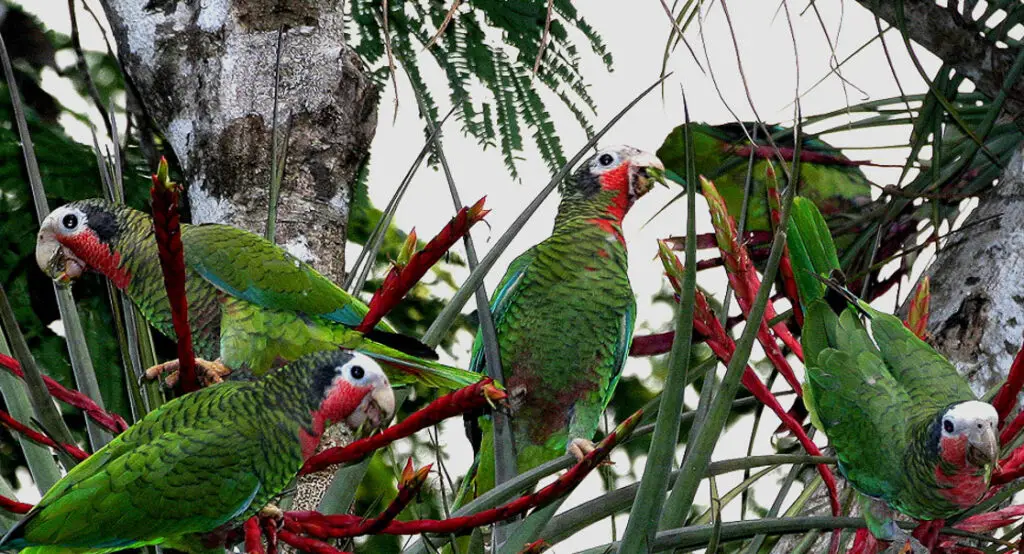
With your gear in hand, you’re now ready to explore Cuba’s rich avifauna.
As a Cuban birding enthusiast, you’ll want to visit the island’s top birding locations. The Zapata Swamp is a must-visit, with over 900 species of birds recorded in this vast wetland.
Other notable locations include the Sierra Maestra mountains, where you can spot the Cuban trogon, and the Zapata Peninsula, home to the bee hummingbird.
The Cuban archipelago also offers excellent birding opportunities, with the Isle of Youth and the Sabana-Camagüey archipelago being key sites.
When visiting these locations, it’s essential to practice good birding etiquette. Respect the birds’ habitat, keep noise levels down, and avoid disturbing nesting sites.
Consider joining a guided Cuban birding tour to ensure a responsible and enjoyable birding experience.
Some of the best birding locations in Cuba are protected areas, such as national parks and wildlife refuges.
Understanding Cuban Bird Habitats
When birdwatching in Cuba, you’ll encounter a range of habitats that support diverse avifauna, including wetlands and swamps, forest ecosystems, and coastal regions.
Understanding the characteristics of these habitats will help you identify the best locations to spot specific bird species. By recognizing the unique features of each habitat type, you can tailor your birding excursions to maximize your chances of observing Cuba’s rich birdlife.
Wetlands and Swamps
Cuba’s wetlands and swamps are diverse ecosystems that support a wide variety of bird species.
As you explore these habitats, you’ll find a mix of brackish and freshwater environments that attract different bird populations.
When it comes to mangrove exploration, focus on coastal areas like the Zapata Swamp, where mangrove forests create a labyrinth of channels and mangrove-lined waterways.
Here, you can spot herons, egrets, and kingfishers.
Freshwater habitats, such as marshes and shallow lakes, are also essential for birdwatching in Cuba.
The Zapata Swamp and the Ciénaga de Zapata National Park are prime locations for spotting waterfowl, shorebirds, and songbirds.
Be on the lookout for species like the Cuban Whistling Duck, the Fulvous Whistling-Duck, and the Snail Kite.
When exploring wetlands and swamps, pay attention to the vegetation and water levels, as these factors can affect bird populations and behavior.
Forest Ecosystems
Forest ecosystems in Cuba encompass diverse habitats, ranging from dry forests to pine and broadleaf forests, each supporting unique bird populations.
As you explore these ecosystems, you’ll notice distinct forest layers, from the emergent tree canopies to the understory and forest floor.
The tree canopies, in particular, provide habitat for many bird species, including the Cuban Emerald and the Bee Hummingbird.
- The emergent layer, with towering trees like the Cuban pine and the royal palm, offers a glimpse into the lives of birds like the Cuban Crow and the Great Lizard-Cuckoo.
- The canopy layer, with its dense foliage, is home to species such as the Cuban Tody and the Mangrove Cuckoo.
- The understory layer, with its shrubs and small trees, provides habitat for birds like the Cuban Warbler and the Western Spindalis.
- The forest floor, with its leaf litter and vines, is where you’ll find species like the Cuban Solitaire and the Gundlach’s Hawk.
- The forest edges, where the forest meets other habitats, are often home to a variety of bird species, including the Cuban Blackbird and the Cuban Oriole.
Coastal Regions
Wading birds, shorebirds, and seabirds flock to Cuba’s coastline, drawn to the diverse range of habitats it offers.
You’ll find mangrove forests, coral reefs, sandy beaches, and rocky shores, each providing unique opportunities for birdwatching.
To make the most of your coastal birding experience, focus on gaining coastal access to key sites such as the Zapata Swamp and the northern coast of Matanzas Province.
When scanning the beach, look for species like the Roseate Tern, the Snowy Plover, and the Wilson’s Plover.
Beach scanning can be an effective way to spot birds, especially during migration periods.
Pay attention to the tidal zones, as different species tend to congregate in specific areas.
The intertidal zone, for example, is home to species like the Ruddy Turnstone and the Sanderling.
When exploring Cuba’s coastline, be aware of the different habitats and the species they support.
The coral reefs, for instance, are home to species like the Brown Pelican and the Magnificent Frigatebird.
Spotting Endemic Bird Species
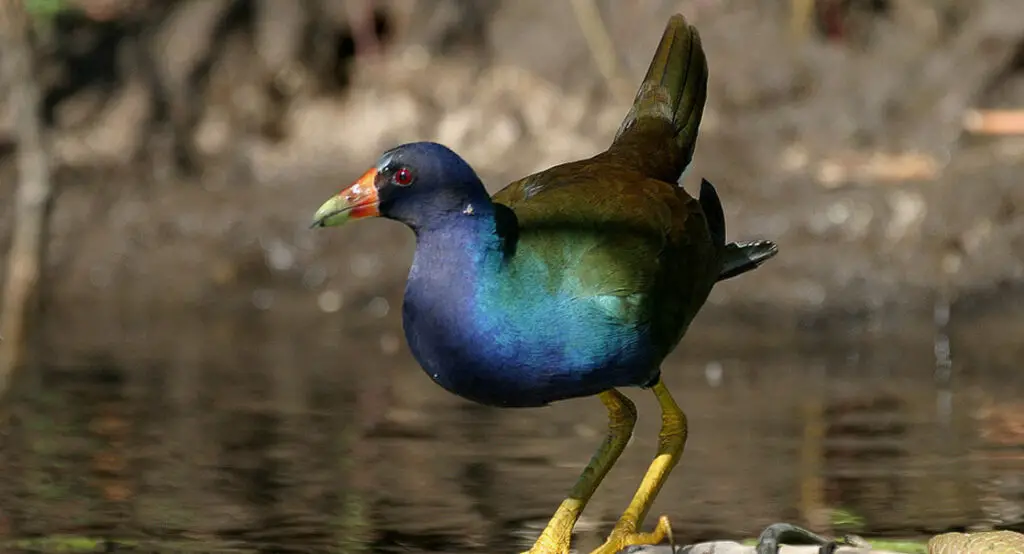
To spot Cuba’s unique avifauna, you’ll focus on the island’s endemic bird species, which are found nowhere else on Earth.
Comprising about 25% of Cuba’s total bird species, these endemics are a key draw for birdwatchers, with many species restricted to specific habitats and regions.
Endemic Birds Overview
When planning a birdwatching trip to Cuba, one of the main draws is likely the chance to spot some of the island’s unique and endemic bird species.
As an island with a distinct geography and climate, Cuba has given rise to a number of avian adaptations that have allowed species to thrive in this environment.
These island specialties are a major part of what makes birdwatching in Cuba so unique and exciting.
Some examples of Cuba’s endemic bird species include:
- Bee Hummingbird (Mellisuga helenae), the smallest bird species in the world
- Cuban Tody (Todus multicolor), known for its bright colors and distinctive call
- Cuban Emerald (Chlorostilbon ricordii), a medium-sized hummingbird with iridescent feathers
- Cuban Trogon (Priotelus temnurus), a large, colorful bird with a distinctive call
- Fernandina’s Flycatcher (Myiarchus ferdinandi), a medium-sized bird with a distinctive crest
These species have evolved unique characteristics that allow them to thrive in Cuba’s environment, and spotting them can be a highlight of your birdwatching trip.
Habitat and Distribution
Around 50% of Cuba’s land area is comprised of forests, grasslands, and wetlands, providing a diverse range of habitats for its endemic bird species.
You’ll find that Cuba’s unique island ecosystems play a crucial role in supporting these bird populations. The island’s varied landscapes, ranging from tropical forests to coastal mangroves, offer ideal conditions for many bird species to thrive.
As you explore these habitats, keep in mind that Cuba’s endemic birds have adapted to these environments over time, resulting in specialized populations that can be found nowhere else on Earth.
Understanding the migratory patterns of Cuba’s bird species is essential for successful birdwatching.
Many bird species migrate to Cuba from North America, taking advantage of the island’s strategic location in the Caribbean. As a result, you may encounter a mix of resident and migratory bird species, particularly during peak migration periods.
Be aware of these patterns to optimize your chances of spotting endemic species. By familiarizing yourself with Cuba’s habitats and migration patterns, you’ll be well-equipped to locate and observe the island’s incredible bird life.
This knowledge will enhance your birdwatching experience and help you make the most of your time in Cuba.
Spotting Techniques
Most birdwatchers in Cuba will spend a significant amount of time scanning trees and undergrowth for signs of movement, as many of the island’s endemic species are shy and elusive.
To increase your chances of spotting these birds, it’s essential to develop effective fieldcraft skills. This includes adopting birding stances that minimize your visibility and maximize your field of view.
When scanning for birds, consider the following techniques:
- Position yourself with the sun at your back to reduce glare and shadow on your face, making it easier to spot birds without being seen.
- Use natural cover such as trees, rocks, or bushes to conceal yourself and get closer to your target species.
- Maintain a low profile by crouching or kneeling to reduce your silhouette and avoid startling birds.
- Scan slowly and methodically to increase your chances of spotting birds that may be hiding or perched in dense vegetation.
- Use binoculars to scan distant areas or get a closer look at birds without disturbing them.
Birding in Urban Areas
In Cuba’s bustling urban areas, you’ll be surprised to find a variety of bird species thriving amidst the concrete and steel.
As a birder, you’ll discover that urban hotspots such as city parks, gardens, and waterways provide a unique opportunity to observe and study city dwellers.
In Havana, for example, the Malecón seawall is a key location for spotting Magnificent Frigatebirds, Brown Pelicans, and Ospreys.
Other urban hotspots to explore include the gardens surrounding historic buildings, such as the Capitolio in Havana or the Plaza de Armas in Santiago de Cuba.
These areas often attract a range of bird species, including the Cuban Emerald, the Bee Hummingbird, and the Cuban Tody.
When birding in urban areas, keep an eye out for bird-friendly features such as fruiting trees, bird feeders, and water sources.
These can attract a variety of species and provide opportunities for close-up observations.
Safety Precautions for Birders
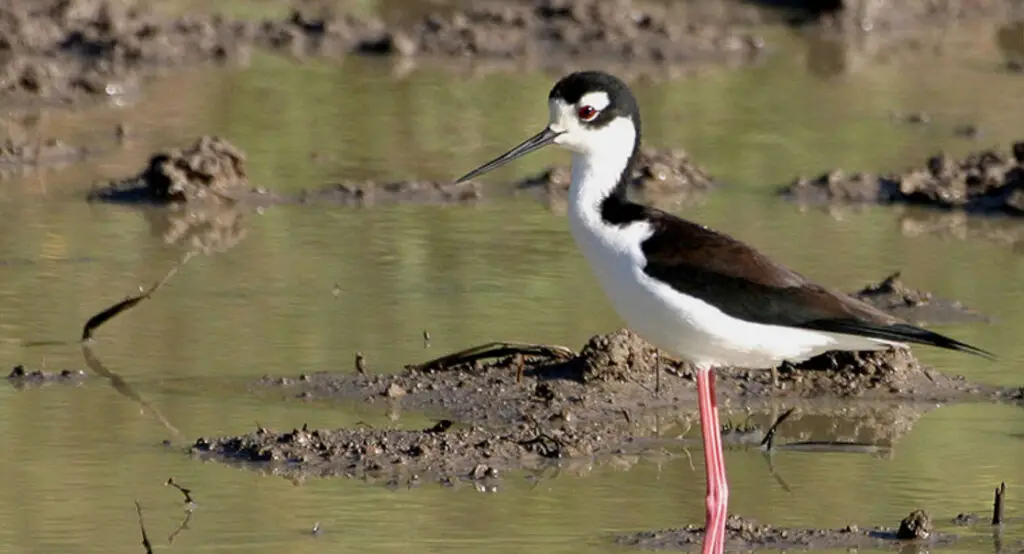
As you venture into Cuba’s urban and natural areas, you’ll need to prioritize your safety to enjoy an uneventful and productive birding experience.
Personal safety is a top concern when traveling to Cuba, and birders should take necessary precautions to minimize risks.
Before arriving in Cuba, check the latest travel advisories from your government to stay informed about local conditions.
It’s essential to be aware of potential safety concerns, such as demonstrations, natural disasters, or outbreaks.
To ensure your safety while birding in Cuba, consider the following:
- Be mindful of your surroundings and avoid walking alone in dimly lit or isolated areas, especially at night.
- Keep valuables secure and be cautious of pickpocketing in crowded areas.
- Avoid displaying signs of wealth, such as expensive jewelry or watches.
- Stay hydrated and bring sunscreen to protect yourself from the tropical sun.
- Familiarize yourself with local emergency services and have a plan in case of an emergency.
Cuban Bird Conservation Efforts
Cuba’s rich avifauna has garnered significant attention, prompting various conservation efforts to protect its unique bird species.
As you prepare for your birdwatching trip to Cuba, it’s essential to understand the conservation initiatives that support the protection of its avifauna. Cuban ornithologists have been instrumental in identifying and addressing key conservation issues affecting Cuba’s bird populations.
Research institutions, such as the Cuban National Museum of Natural History, have collaborated with international partners to study and conserve Cuba’s avifauna.
Community engagement has been a crucial aspect of Cuban bird conservation efforts.
Local communities are actively involved in conservation initiatives, which helps raise awareness about the importance of protecting bird habitats. You’ll notice that many protected areas, such as national parks and wildlife refuges, have community-led conservation programs in place.
These programs not only help conserve bird populations but also provide economic benefits to local communities. By understanding the conservation efforts in place, you’ll be able to contribute to responsible birdwatching practices that support the protection of Cuba’s unique avifauna.
Planning Your Birding Itinerary
Given the rich avifauna of Cuba, planning a birding itinerary requires careful consideration of the country’s unique habitats and bird species distribution.
To maximize your birding experience, you’ll need to identify your trip priorities and align them with the optimal birding calendar. Cuba’s bird species can be broadly classified into residents, migrants, and endemics, each with their unique seasonal patterns.
When planning your itinerary, consider the following key factors:
- Seasonality: Plan your trip during the peak migratory seasons (March-May and September-November) to catch a glimpse of North American warblers and songbirds.
- Habitat diversity: Include a mix of wetlands, forests, and grasslands to increase your chances of spotting a variety of bird species.
- Regional specialization: Focus on specific regions, such as the Zapata Swamp or the Sierra Maestra mountains, to target unique endemics and specialties.
- Birding guides and resources: Consult with local birding guides and resources to stay up-to-date on recent sightings and habitat conditions.
- Time of day: Plan your birding excursions during the early morning and late afternoon when bird activity is typically highest.
FAQs: Birdwatching in Cuba
Are Guides Required for Birdwatching in Cuba’s National Parks?
When visiting Cuba’s national parks, you’ll find that guides aren’t always mandatory, but they offer valuable local knowledge, helping you navigate park regulations and locate key species more efficiently, enhancing your birdwatching experience.
Can I Exchange Currency at Rural Cuban Birding Sites?
When visiting rural areas, you won’t find many ATMs, and the ones you do encounter often have cash limits, so you’ll need to exchange currency in towns or cities before heading to birding sites.
How Do I Report Rare Bird Sightings in Cuba?
You’ve spotted a rare bird, now don’t become one by not reporting it. Download bird reporting apps like eBird or use online databases like the Cuban Ornithological Society’s records to log your sightings efficiently.
Are There Birding Festivals or Events in Cuba?
To find birding events in Cuba, you’ll research birding workshops and festival calendars. Look for Cuba’s avian event schedules, often released annually, to plan your trip around specific birding festivals and conferences.
Can I Bring My Pet to Birding Locations in Cuba?
Carefully consider canine companions and curious critters: Cuba has pet restrictions, so you’ll need to check travel regulations before bringing your pet to birding locations, as some areas may be off-limits or require special permits.
Conclusion
Your birdwatching adventure in Cuba will be like finding a rare gem – it requires patience, persistence, and the right knowledge. By following these essential tips, you’ll be well-equipped to navigate the island’s diverse habitats and spot unique species. From timing your visit to understanding local habitats, you’ll maximize your chances of spotting Cuba’s avian treasures. Plan carefully, and Cuba’s birding secrets will be yours to uncover.

